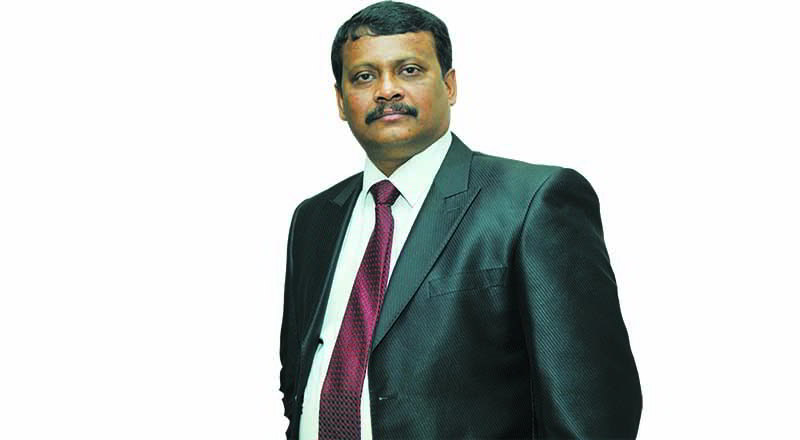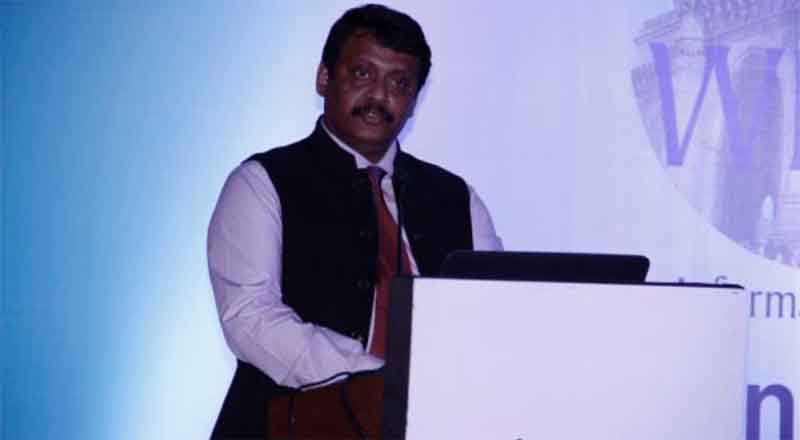We have already witnessed the birth of cloud, SaaS, PaaS, DaaS and fast emergence of cybersecurity and the exponential growth in technology outsourcing. This evolution has triggered a seismic shift in the mindset of enterprises when it comes to information, cybersecurity, compliance, governance and assurance.
Among business leaders, we have seen a shift from ignorance to fear, we are witnessing a shift from fear to awareness, and now we would like to see a shift from awareness to confidence. No doubt, technology will continue as a trendsetter in the outsourcing market, businesses will continue the digitisation trend, cyber threats will not vanish, many companies will rise and fall, and industries and markets are becoming more and more regulated. The question is what is the ultimate goal of digitisation?
As digital India grows, it is imperative to ensure safety and security. All the stakeholders involved in the ecosystem need to gear up, prepare and collaborate to better their capabilities and processes to detect, prevent or respond to advanced threats in the digital payment ecosystem.
Secondly, when we look at the Indian economy’s growth numbers, which has directly connected somehow with the growth of Digital India, has been in sharp focus in recent months, especially regarding their credibility and how they are often at odds with other leading indicators of industrial activity. If one were to put aside the debate over the accuracy of GDP figures, the more critical issue would be the task of putting the Indian economy back on an accelerated growth path. Now, the agenda of the government is to reach $5-trillion economy by 2025.
Digital transformation is one of the core buzzwords used in the telecom industry with 5G, cloud computing and artificial intelligence. What sets digital transformation apart from others is the sheer number of different things it can stand for. Digital transformation has swept through the financial services industry, spurring innovation and prompting incumbents and disruptors alike to reassess how they can remain competitive while meeting complex regulatory requirements.
Given that the size of the economy is about $2.87 trillion (GDP in nominal terms in 2019-20) achieving the $5-trillion mark would imply an annual growth of a little over 12 per cent for the next five years. Is this really possible?
With the advancement of technology, the security environment and threat landscape is continuously changing. The change is even more severe for telecom/ISP operators. The legacy networks earlier running specialized telecom infrastructure are making way to IP (Internet Protocol) based networks. All the threat vectors for IP developed by hackers over many years now become immediately applicable for telecom networks as well. This substantially increases the security risk profile of telecom/ISP operators and Enterprise. Today security threats can emerge from any part of the network – telecom or IT and it can spread to any other part as well.
Telecom/ISP operators and Enterprise expect their security provider to provide end-to-end security solution. The security provider should understand the overall ecosystem and customize the security solutions to provide comprehensive protection against threats emerging from all possible domains in deployment. We can say, digital transformation theme refers to more of a journey than a destination and this term encompasses a diverse set of technologies. “It’s computation, sensors, networks, AI, robotics, 3D printing, synthetic biology, AR/VR and blockchain.
A question remains unanswered i.e. how India is preparing for the future of digital security as Cyber space is rapidly transforming our lives…
Deepak Kumar Sahu
Publisher & Editor-in-Chief




